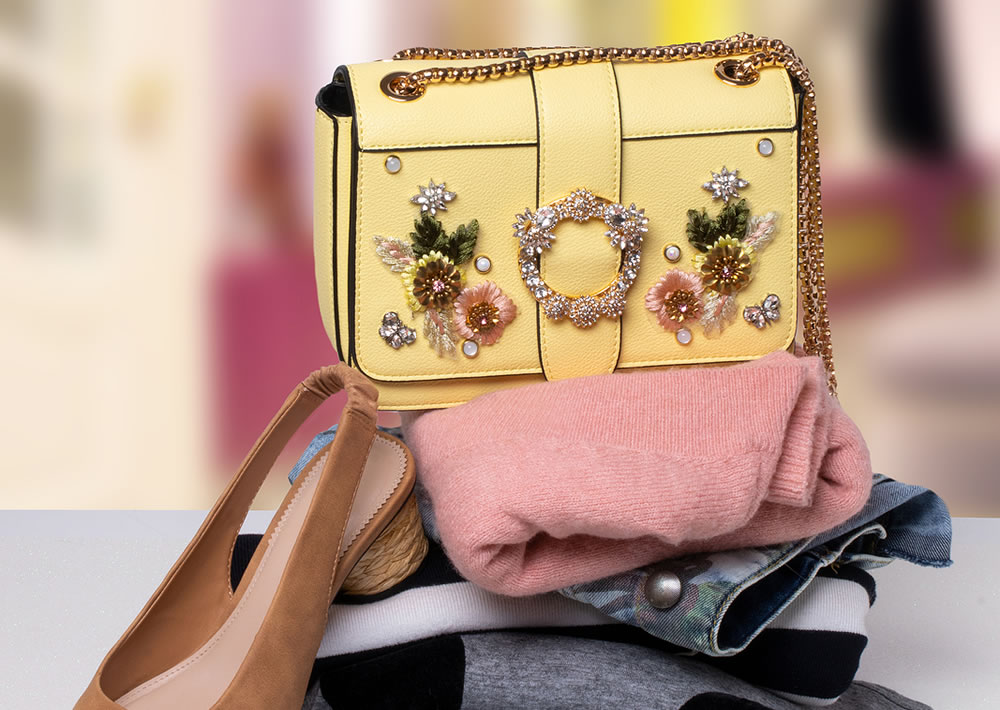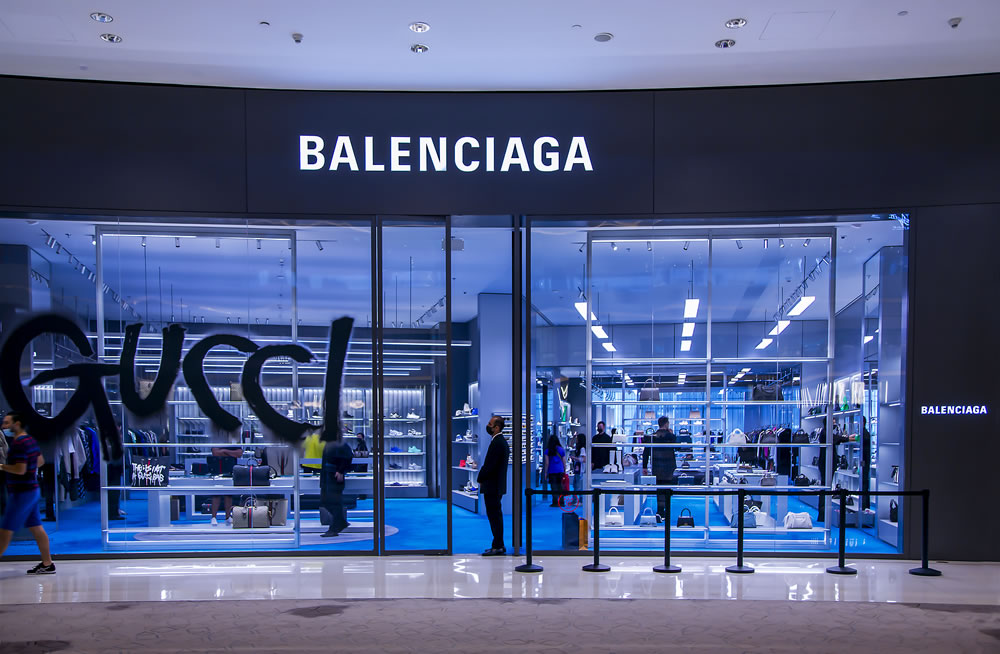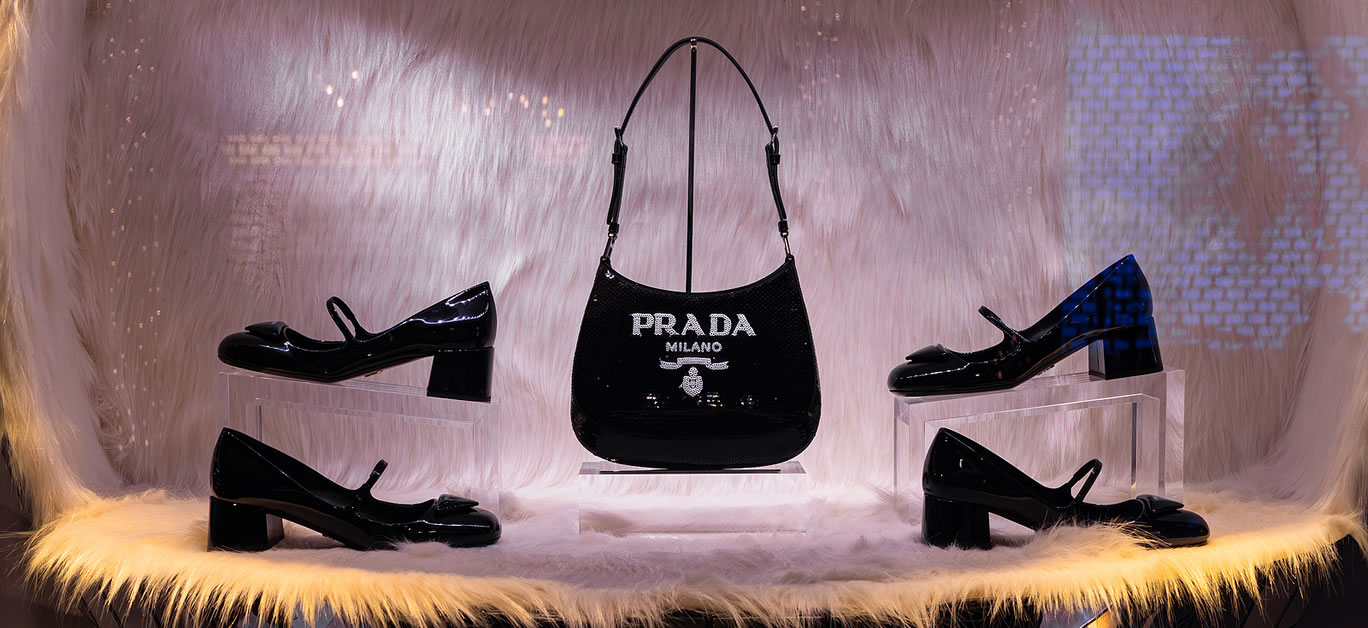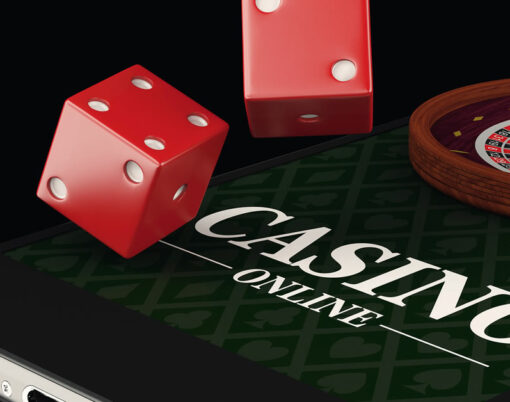The past two years have been more than just a little challenging for business owners, and for those just starting out in the luxury sphere the timing couldn’t have been more precarious. Nevertheless, at a time when job security can no longer be taken for granted in the way it once was, the number of those looking to strike out on their own and dip their toe into the world of luxury brand creation is at an all time high, and from opulent fashion houses to high-end travel concierge services, we’re seeing newcomers to the market popping up seemingly by the day.
Despite the fact that the luxury market is now worth over an estimated $1 trillion a year, not all of these new and exciting brands will succeed, and whether they do or don’t will depend largely on their brand building strategy. The likes of Aston Martin, Ferrari, Gucci and Louis Vuitton are prime examples of how it’s possible to do it well – but what exactly does it take to get the golden seal of approval from this affluent niche of the market?
Nailing your niche

Brands that attempt to cater to anyone and everyone are in short, destined for failure – and this is especially true when it comes to the luxury market. The luxury start-ups that go on to see the greatest success long term are those that have successfully identified a large enough niche market segment with the potential for growth – and knowing exactly who you’re talking to in your marketing campaigns and why is essential to connect with the right people. A great idea might seem like it’s enough to go on in the early days, but failure to thoroughly research your niche and get to know all you can about your target audience before you launch is a sure-fire recipe for disaster.
When it comes to luxury, it isn’t just about solving common problems with your products and services – it’s about the lifestyle your brand can facilitate. While luxury items were once reserved only for an affluent, high-net-worth market, today’s younger generations have more disposable income than ever before, and many aspire to live a lavish lifestyle. The new brands that understand this and cater to Generations X and Y are the ones most likely to succeed in the long-run.
Once you’ve nailed it, focusing on your target group is the key factor in building a solid marketing strategy that will make your brand successful. Read more on understanding your audience here.
Focus on exclusivity

You only have to look at brands like Gucci and Prada to see that they exude an unequivocal air of exclusivity, and that’s not just down to their high price tags. Luxury brands like these have worked hard, over an extended period of time, to create an image that is synonymous with prestige, playing on their history and heritage to create a captivating brand story luxury lovers are desperate to be a part of.
Your audience isn’t just drawn to your products, but to what shopping with your brand means in a wider sense. High-end handbags, for example, don’t just serve as status symbols, and purchasing a Balenciaga brings with it a sense of pride and superiority that buying from a relatively unknown brand simply can’t match. The most successful luxury brands have gone one step further, offering repeat customers the chance to be a part of exclusive loyalty clubs that afford them early access to the latest new season launches before the masses, allowing them to get their hands on the latest must-haves and be seen as leaders and trendsetters as a result.
In the first instance, getting the name of your brand right is key. Your target market should be able to tell from this alone that yours is a high-quality, exclusive brand. At the same time, it should be catchy and memorable – if you need some inspiration, you can use an online name generator that’s specialised in luxury brand names. Thinking about the channels you use to market is equally important – take Rolex, for example, which promotes its brand only at exclusive, big-money sporting events, where it knows the right people will see its campaigns – and avoids social media – which is accessible by the masses – entirely.
Emphasise the symbolic value

Symbolic value is of the utmost importance in the luxury industry, and is something it pays to be aware of when devising your brand building strategy. Essentially, it’s all about what people think about your brand and what they associate with it, which is where consistency and cohesion in your marketing campaigns comes into play. It’s vital that you get all of your brand marketing materials aligned to avoid giving off any confusing messages that detract from what you’re trying to achieve, and could give would-be customers the wrong idea.
Focus on finding the right collaborations with the right people to promote your brand in the best possible way – whether that’s partnering with other esteemed brands, glamorous celebrities or well-known influencers – as this will help to communicate what you’re all about.






















